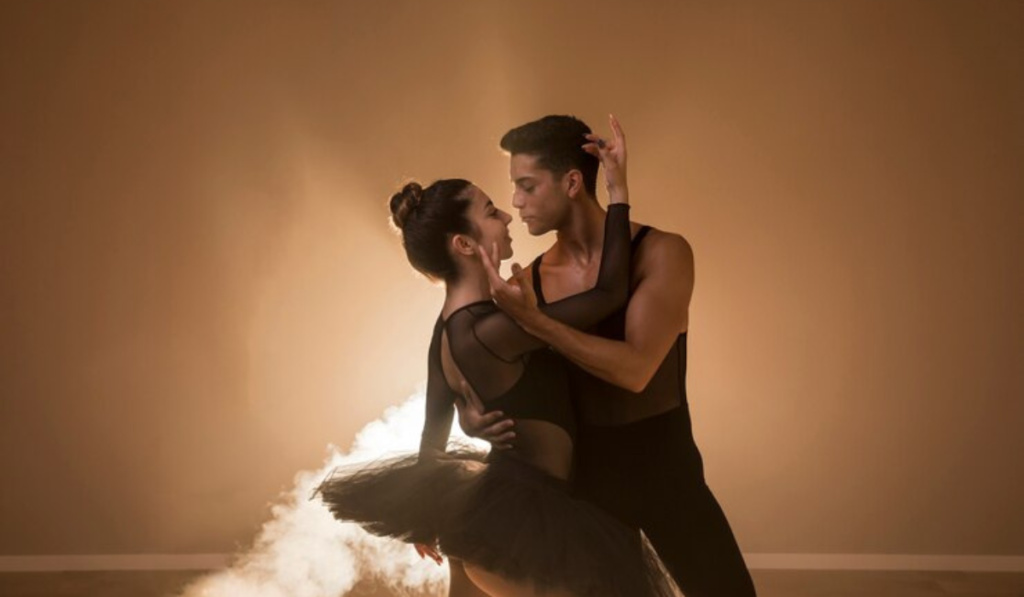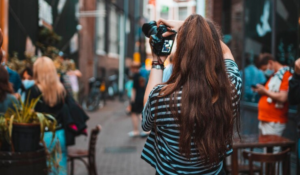Dance Photography: A Complete Guide

It’s not just about capturing the movements, but also the energy and artistry that goes into a performance. This genre is a unique combination of technical skills and artistic vision. It has universal appeal, but also presents some unique challenges. This comprehensive guide will explore the essential tips, tricks, and considerations to capture stunning dance images.
Understanding Art
It is not enough to freeze motion. You must also understand the music, the choreography and the emotions that are behind the performance. Immersing yourself into the dance allows you to anticipate the movements, rhythms and next steps of the choreography. This will allow you to be ready to capture the perfect moments.
Prepare yourself for the best outcome
Preparation is key, whether you are photographing live performances or dress rehearsals. Prepare for the event by anticipating movements, becoming familiar with the space and discussing expectations with dancers or clients beforehand. Preparation is key to capturing the beauty and energy of the performance.
Rehearsal or Live
Dress rehearsals or live performances offer unique challenges and possibilities. Dress rehearsals can give you more flexibility in regards to positioning and input. Live performances, however, capture the emotion and energy that is present at the time. Whatever you decide, respect the experience of the audience by not using disruptive photography.
Equipment Essentials
For shooting dance performances in low light, fast lenses (f/2.8 and wider) are essential. Mirrorless cameras are a good alternative to DSLRs, but they have some disadvantages due to the rolling shutter effect. Autofocus lenses can also be important to ensure sharpness in low light environments.
Setting for Success
For freezing motion, you need to use manual mode, large apertures and fast shutter speeds. (1/250s – 1/320s). Avoid using flash photography as it’s disruptive and illegal. Instead, use monopods and handheld cameras for mobility and flexibility.
After-Processing Care
Choose between black-and white and color processing in post-processing based on mood and composition. For natural results, avoid excessive editing.
Rewarding Pursuit
Dance photography can be challenging, but it is also rewarding. It offers unique opportunities for capturing moments of grace, emotion, and power. These key points will help photographers to improve their photography skills and create images that capture the beauty and artistry in dance performances.
Other Points to Consider
- Shutter speed Variability: Try experimenting with different shutter speeds. You can use fast shutter speeds to freeze the action, or slow speeds to capture movement in a creative way.
- Lighting Dynamics: Learn how lighting effects mood and atmosphere in dance photography.
- Closeness to subjects: Get up close to the action and capture intimate details. This will enhance viewer connection.
- Use wide apertures to isolate the dancers, or narrow apertures when you want a broader scene.
- Capture Motion and Stillness: Use dynamic motion in conjunction with moments of stillness for effective emotion expression.
- Background Awareness: Be aware of the background and make sure it compliments the topic without being distracting.
These tips will help you improve your dance photography and create images that capture the beauty and energy in dance.



